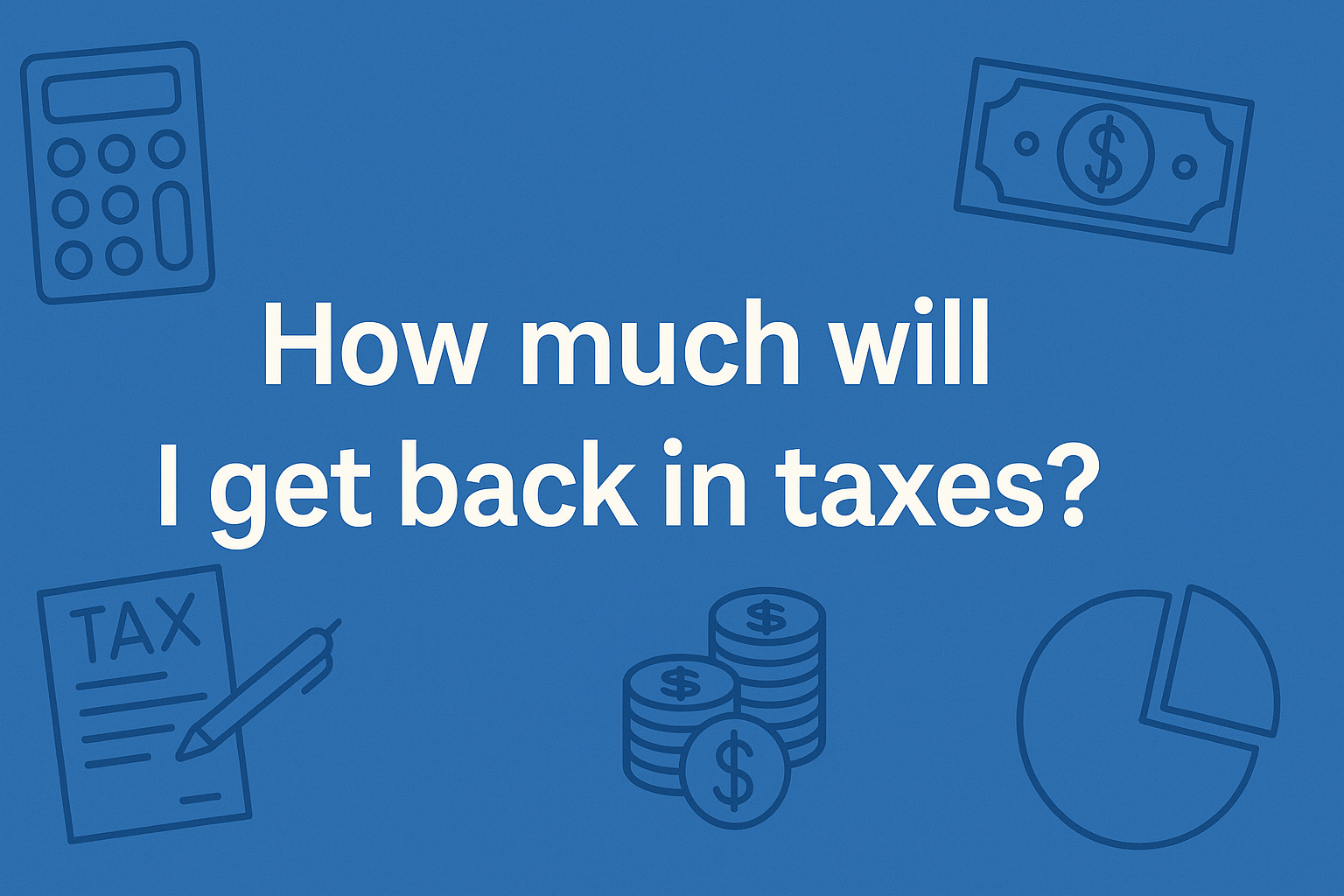Why Average Rate Of Returns Are So Misleading
BetterWealth
December 15, 2025
In this video, we're going to be looking at the difference between average rates of return versus actual rates of return. My hope is that by the end of this video, you'll be a better investor, a more savvy business person, and understand why sometimes people can mislead with averages versus actual returns.
Introduction
My name is Caleb Williams. This is the BetterWealth channel, and our purpose is to make videos on money and business so you can live more intentionally. When I learned this concept a couple of years back, it made me a more savvy person concerning my money.
The Principle Behind Rates of Return
The principle is that when investing a lump sum of money, the average rate of return often appears less than the actual rate of return because losses affect accounts more than gains. Losing a dollar means it's gone forever, and you lose the asset that could be working for you again.
Example Scenario
Consider this extreme example: You start with $100, invest in a fund, and make a 100% return, resulting in $200. The next year, if the fund loses 50%, you're back to $100. Although you averaged a 25% return (100 - 50 / 2), your actual return is zero, demonstrating how averages can be misleading.
Less Extreme Example
For instance, if you lose 20% of $100, you’ll have $80. If you gain 20% back, you only end up with $96, not back to $100, because the gain is on a lesser amount. This reinforces the need to be obsessed with not losing money.
The Importance of Not Losing Money
Warren Buffett’s two rules of investing are:
1) Don't lose money, and 2) Refer to rule number 1.
Often, due to emotions, fees, and volatility, you may not earn the actual market average.
The Redemption of Dollar-Cost Averaging
Dollar-cost averaging can redeem losing money in volatile markets. By consistently investing each month, regardless of market conditions, you effectively buy at a discount when prices are low. While it can help, its effectiveness depends on your goals and resources.
Conclusion
In summary, focus on not losing money. Consider actual rates of return over averages since math can be misleading. Actual returns, despite their caveats, are more reliable indicators of past and potential future performance.
.png)


